HIIT involves workouts that alternate between short but intense bursts of exercise and less intense active recovery.
These short bursts of intense exercise alternated with low-intensity recovery periods have been shown to be more effective for heart health, reducing excess fat and gaining strength than the usual cardio and strength training.
HIIT Workout usually requires a time duration of 10-30 minutes.
The interesting thing about HIIT workouts is that despite having a shorter time duration, they can provide similar health benefits as compared to twice as much moderate-intensity exercise. It is perhaps the most time-efficient method of exercising.
The activities involved varies but can include sprinting, biking, jumping rope, or other bodyweight exercises.
For example, a HIIT workout by cycling on a stationary bike for 30 seconds as fast as possible, with high resistance, followed by slowing it down for several minutes, with low resistance.
HIIT Workout can also be beneficial for just 5 minutes. If you don’t believe this, just learn about Tabata training.
It was discovered by Japanese researcher Dr. Izumi Tabata and her team of fitness researchers. Their studies demonstrated that if you push your limits as much as you can for 20 seconds and after that take a rest for 10 seconds, repeatedly for four minutes, you can have effective fitness gains more than your regular exercise for an hour.
Several different studies on various overweight and obese adults demonstrated that both HIIT and traditional moderate-intensity exercise could reduce weight and waist circumference.
Some researchers also found that HIIT accelerates metabolism for hours, even more than regular jogging and weight training. This phenomenon is known as excess post-exercise oxygen consumption (EPOC, informally called afterburn), a measurably elevated oxygen intake rate after intense physical activity.
In a 2016 SIT study, a researcher named Gibala and his co-authors studied two groups of participants continuously for 12 weeks: One group did work out for 10 minutes (including several intervals that added up to one minute), while the other did for 50 minutes (at a continuous pace).
The most astonishing finding in the study was that both groups of individuals displayed the same improvement in their oxygen uptake, despite having different time duration for their exercises.
In a 2014 study, Gibala and his team took a group of overweight and obese sedentary adults and asked them to perform three workouts per week for 30 minutes. Each training involved three 20-second intervals for fast pedalling on an exercise bike. Even in, the study showed that even in that short time period, participants displayed improvements in their maximal oxygen intake.
So basically, the HIIT workout gives you the same health benefits as other forms of exercise but in a shorter time period.
So, if you don’t have much time and still want to get active, you can try this high-intensity interval training.

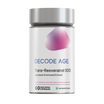

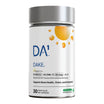
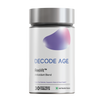
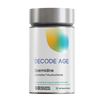
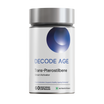
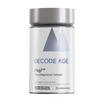
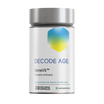

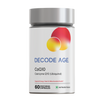

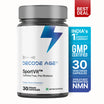

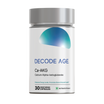
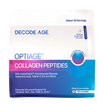
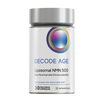





Leave a comment
All comments are moderated before being published.
This site is protected by hCaptcha and the hCaptcha Privacy Policy and Terms of Service apply.